The family of a “gentle” taxi driver brutally attacked and left for dead in an Aberdeen suburb have made a desperate plea for his killer to come forward – 35 years on.
George Murdoch, 58, was found on Station Road in the Pitfodels area of Aberdeen on September 29, 1983, after being strangled to death by a man who came to be known as the Cheesewire Killer.
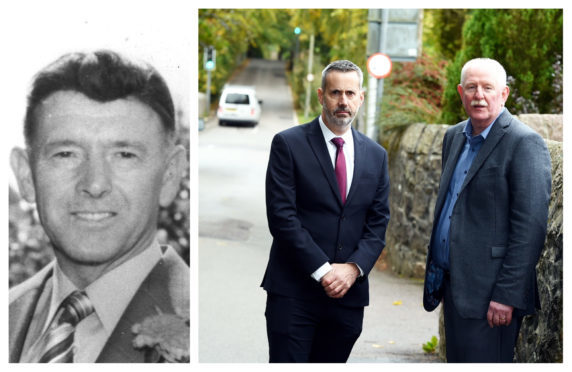 Now his family have spoken of their pain in an attempt to finally bring his killer to justice.
Now his family have spoken of their pain in an attempt to finally bring his killer to justice.
And police confirmed officially for the first time that a cheesewire found at the scene was used in the attack – and that they have widened their suspect pool to include oil workers and fishermen, who would use the tool in their jobs.
Detective Inspector Gary Winter, who is leading the inquiry, said: “The cheese wire itself is very important to the investigation. It was an extremely unusual item to be used for an assault at the time in 1983, and it has remained over the years to be an extremely unusual item to be used in assaults across the UK.
“What was established was clearly they were used for cutting cheese, but they were also used in the oil industry for cutting core samples, they were used in pottery as a means of cutting pottery, and they were used for removing windscreens from vehicles.”
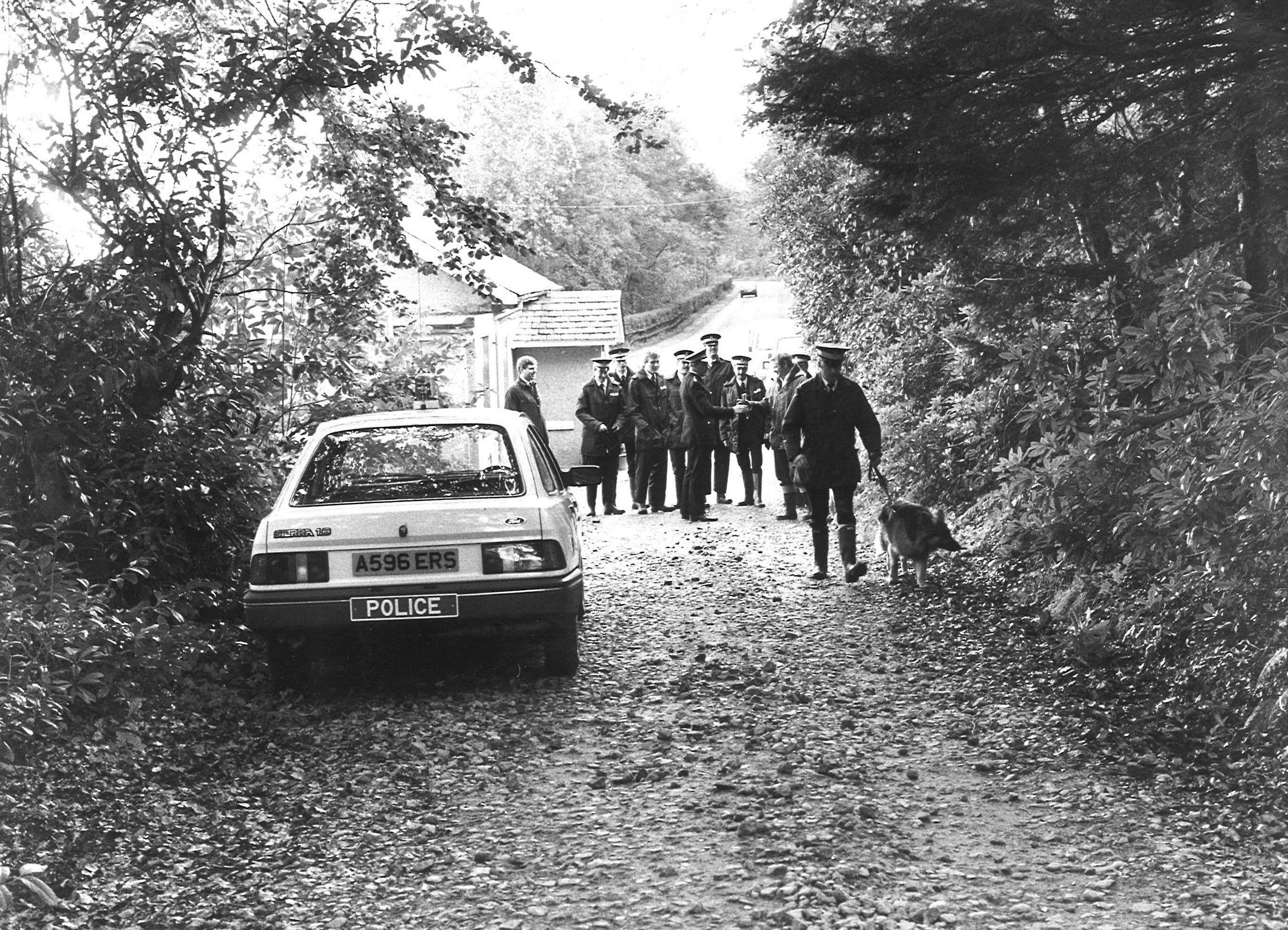
With that detail now out in public, Mr Murdoch’s nephew, Alex Mckay, yesterday appealed for people in the north-east to think hard about their loved ones’ whereabouts at the time of the murder.
The 61-year-old said: “This killer has, or had, a mother, a girlfriend, a wife, a sister, or children who could have lived for all of these years with the man who killed my uncle.
“The time to come forward is now.
“I’m not a religious man, but there may be a higher authority waiting for you.
“Don’t take this with you to the grave.”
Mr Murdoch, known as Dod to his friends and family, picked up a customer in the west end of Aberdeen at bout 8.35pm on September 29, 1983.
He told his dispatcher he was heading to Culter, but never made it to his destination.
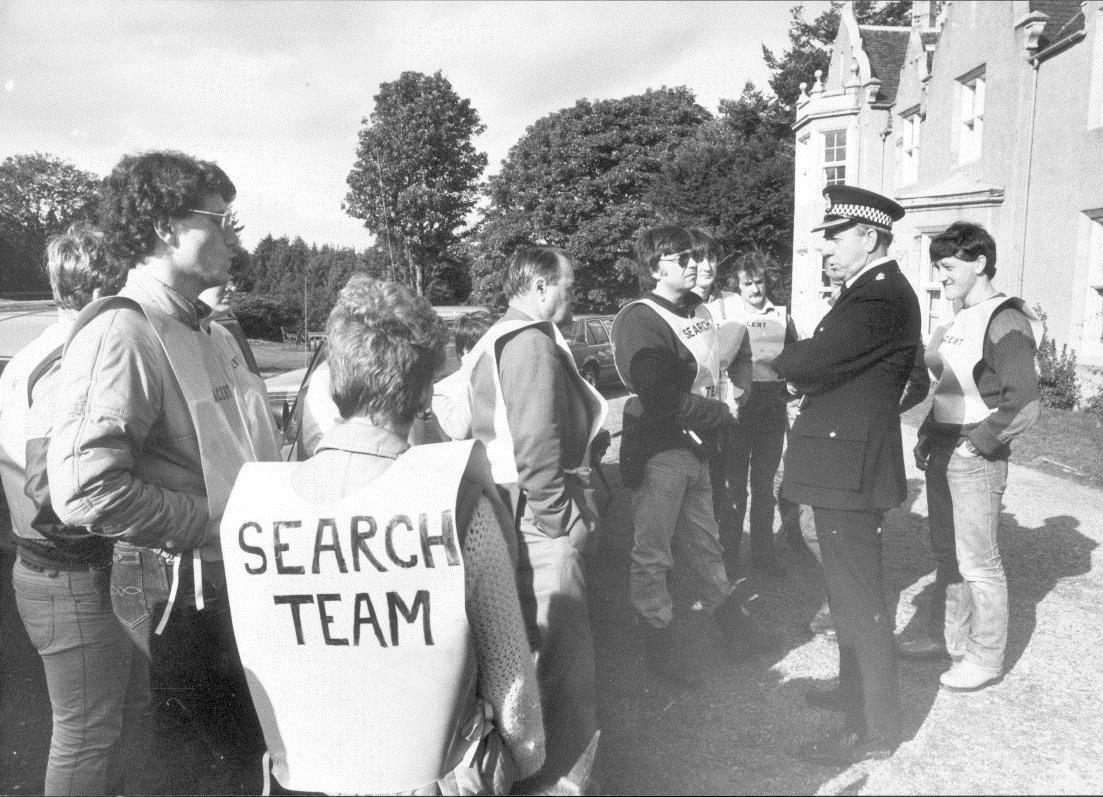
Police later found him seriously injured on Station Road in Pitfodels, and believe he was attacked outside his sky blue Ford Cortina and left for dead.
Over the decades investigators have pursued a number of leads, and his family put up a £10,000 reward for information, but nobody has been ever been arrested for the “extremely violent” killing.
Mr Mckay was 26 when his uncle died, and still remembers the phone call from his mother breaking the news at 11pm.
He said: “When the phone rings at that time of night, you know it’s not going to be any good news at all.
“It was just horrific, and for the few weeks thereafter, it was just absolute turmoil.
“He and my auntie had no children, so as we were growing up a lot of their love and attention was given to their nieces and nephews, and I was lucky to be the recipient of a lot of that love.
“Sometimes you have rose-tinted glasses and people seem nicer than they really were, but in Dod’s case it was true, he really was just a wonderful man, and really good with people.
“He was very kind, and very gentle – he just wasn’t a fighter.”
Mr Mckay said his uncle had always assured his wife that if he was ever threatened, he would always just hand over the money.
“When he took up his job with the taxis, my aunt Jessie was never happy with that because she was worried about robberies,” he said.
“She asked him what he would do if someone tried to rob him, and he always told her ‘Don’t worry Jess, I’ll just give them all my money, because there’s never too much on me in the taxi at any one time.
“So that’s the tragic, and ironic thing. If whoever it was that killed Dod had just asked him, he would have just given the money to them.”
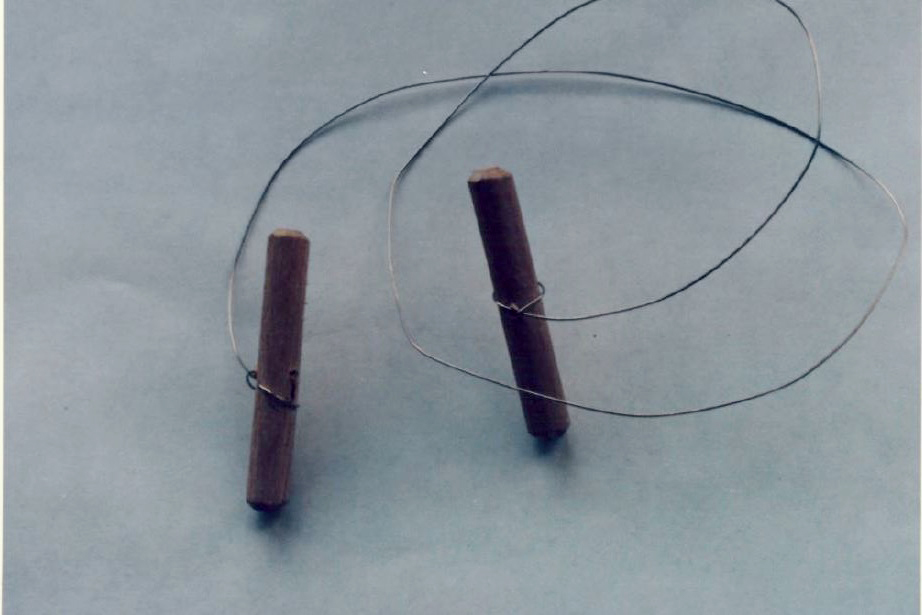
Yesterday Mr Mckay visited the scene of the crime with DI Winter, who believes the killer would be in his late 50s or early 60s now.
He added: “From what we know of the crime, George picked up a fare on Queen’s Road and it was a fare that must have flagged him down, because it was pre-booked.
“It does not appear that George was targeted as an individual because there was no way to know he would have been on that road at that particular time.
“Within a couple of minutes at Pitfodels Station Road a couple of cyclists came up the road saw George’s taxi facing down the hill, with lights on, and as they passed they saw George being assaulted by the male, who at that time was late 20s early 30s, with a thin build and very black hair.
“He must be an extremely violent person. As his family say, George’s character was that of a very gentle man, who would be extremely unlikely to antagonise anyone, put up a fight, or have a red mist moment.
“It was an individual with a massive propensity for violence, who had access to a cheese wire, who was meant to be going from A to B that night, but didn’t end up at B.
“I think when people put all those pieces of the jigsaw together, it must mean that somebody somewhere knows someone that connects all of these pieces and knows who it was.
“Someone out there knows what happened to George and I hope this appeal today serves as a vital reminder that it is never too late to come forward with information.”
The murder of George Murdoch
Officers carried out a number of high-profile inquiries into the brutal killing of George Murdoch, including stopping inspecting the hands of Pittodrie visitors at a Dons match to see if they had any tell-tale damage to their hands that could indicate they were the killer.
But over the years, one of the more popular theories surrounding the killing was that whoever murdered the 58-year-old had visited the Mr Chips takeaway in Mannofield shortly after the killing.
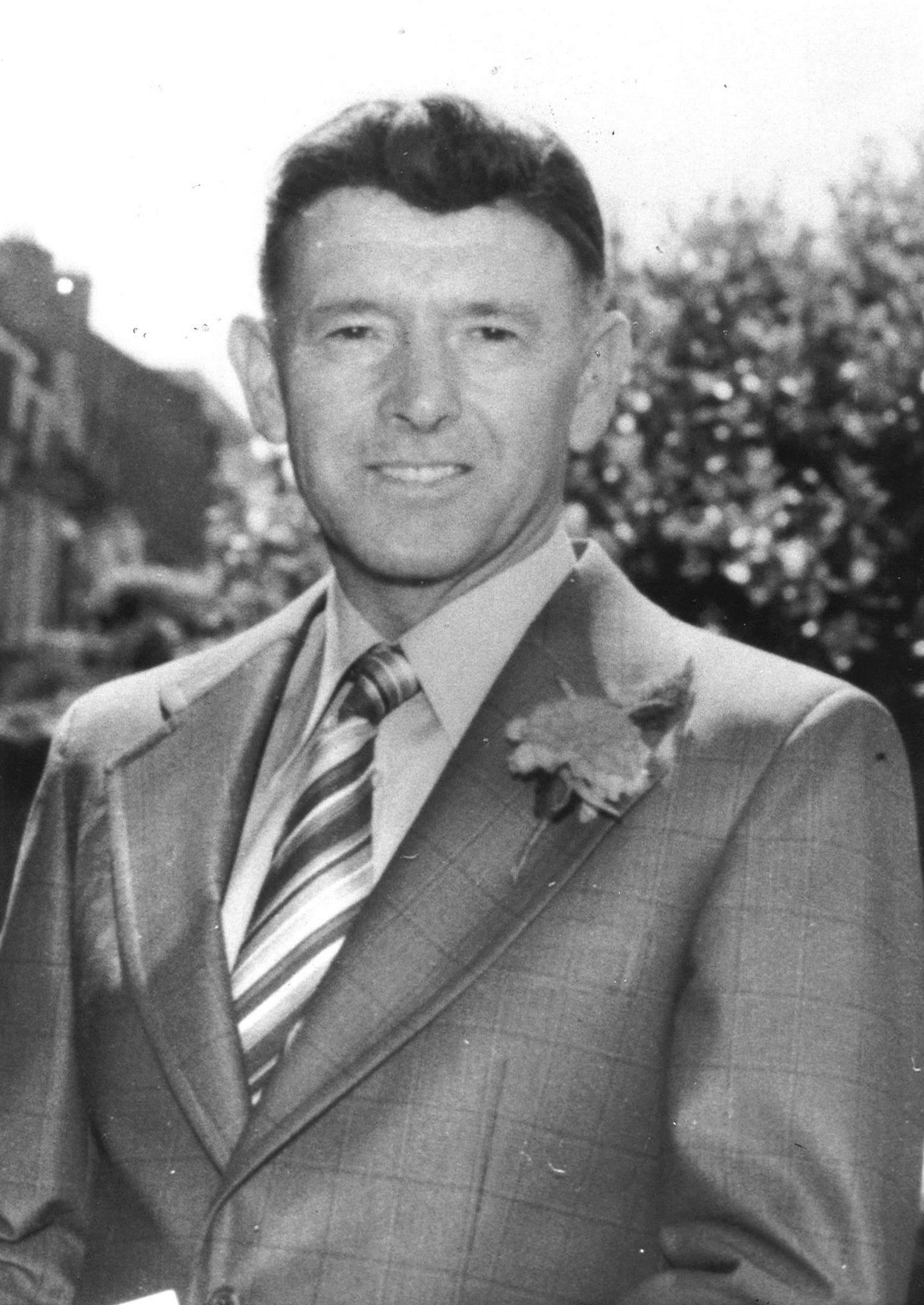
Staff at the fish and chop shop, which is around a mile away from the scene of the crime at Pitfodels Station Road, reported that a strange man, bleeding from his hands and face, had ordered a fish support soon after the murder.
However, Detective Inspector Gary Winter said the fish and chip shop lead could very well be a “red herring”.
He noted that the report was only made around 17 days after the incident, and noted how bizarre it would be for someone who had just committed such a violent crime to go into public place like a chip shop to buy a meal.
He said: “We can’t turn the clock back, but the information from Mr Chips came several weeks after the murder.
“There’s no confirmation that that is the murderer – it seemed an usual thing to do to pop in to a fish and chip shop if you just murdered somebody, but it’s not beyond the realms of possibility.
>> Keep up to date with the latest news with The P&J newsletter
“What we’re trying to do is focus on the facts, and the eyewitnesses to the incident itself on Pitfodels Station Road, so we’re not wanting to focus too much on something that could potentially be a red herring.”
The detective inspector said although there have been countless ideas and rumours circulating about the true identity of the killer over the past 35 years, officers are still keen to hear any information that could lead to an arrest.
He said: “Some people think we know all the theories that have been going around, but the truth is we only know what we get told.
“So even if you think the police might have heard it before, please tell us, because it could prove to be absolutely vital.”









